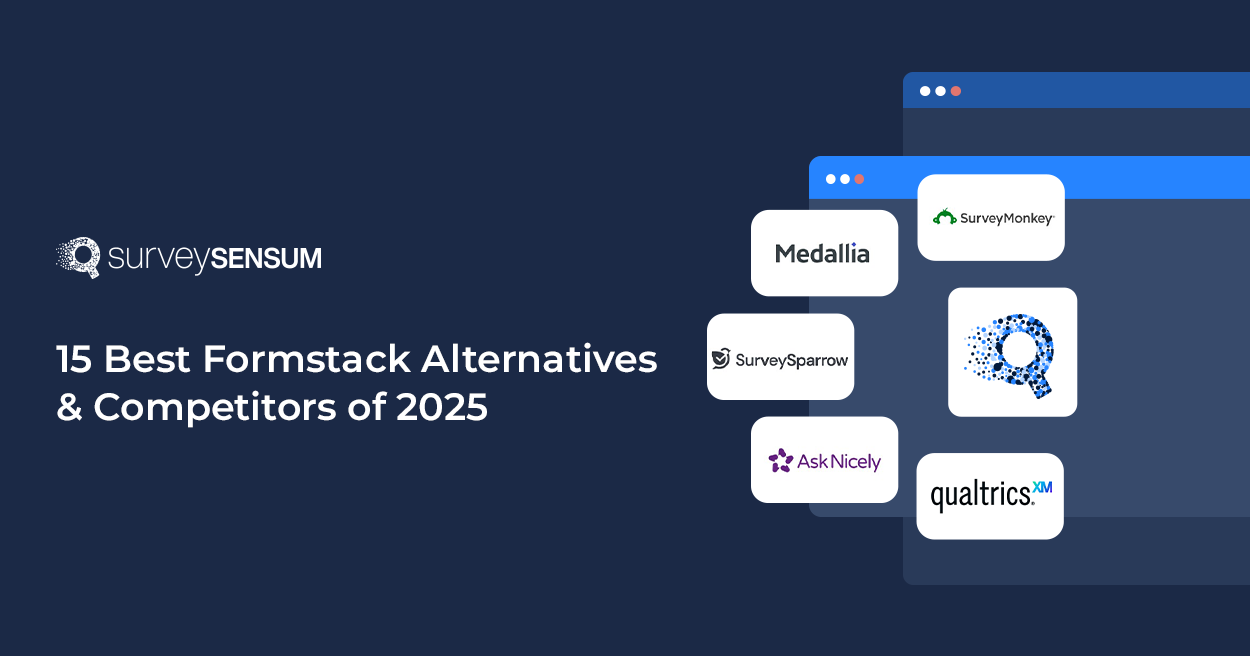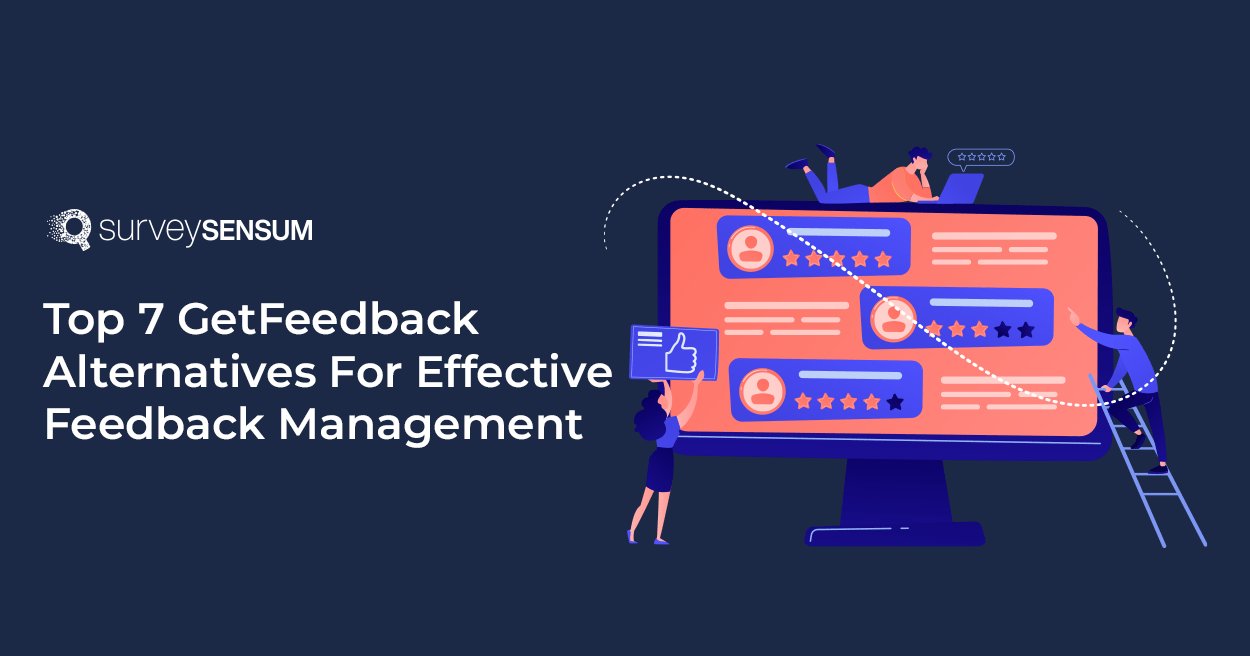
Did you know that in Q2 2023, there were 912 million adblock users worldwide?
This number includes users of desktop adblock plugins, desktop adblock browsers, and mobile ad block browsers. This negatively influences business revenue from traditional digital ads.
So, how to fix this? With the help of AdTech tools and implementing the current AdTech trends.
Let’s scroll and discover the top trending AdTech trends used by ad networks and retail media.
1. Ad Networks and Retail Media
Ad networks and retail media allow brands to engage with customers based on shopper data at the point of purchase decision. Retailers are testing new strategies that meet customer’s needs at different sales funnel stages. One such strategy includes gaining deeper insights into creative effectiveness using a creative analytics reporting tool, which provides data-driven insights from business social media accounts, enabling optimization through visual analysis—all in one place. Next year, we predict an increase in the number of shoppable and livestream formats, as well as the launch of multi-format optimizations and auto-strategies in RMN.
According to Mimbi, there are 226 RMNs worldwide and they are 3 factors that drive the growing interest in RMNs:
1. Proximity to purchase. Users are engaged and inclined to spend, which increases conversion and advertising effectiveness.
2. 1st party data from retailers. It increases targeting and accuracy of reaching the right audience even for advertisers not represented in these platforms.
3. Meeting the demand for diverse ad formats. Retail media provides quick reach to large audiences.
Understanding the difference between ad server vs DSP is crucial in this context. Ad servers, used mostly by publishers, primarily focus on selling ad placements to the advertisers and tracking performance, while advertisers use DSPs to buy quality traffic and get access to the premium inventory across various networks.
2. Attention Measurement
Did you know the average attention on screen has decreased by 69% since 2004?
People’s decreasing attention spans are leading to increased interest in attention metrics. They are becoming the new currency of effectiveness, boosting media buys. Attention span shows how engaged a user was with an ad message and how they interacted with it. Despite realizing the importance of attention retention, there is no single methodology for measuring it in the industry.
A great example is Onyx in-article experiences. Outbrain measured the probability of attention (AU score) across all in-article experiences. Onyx results reported by Adelaide:
- Onyx units performed 53%+ better in terms of AU vs. benchmarks standard mobile banners
- 20%+ better than benchmarks for other high-impact/rich media formats
- Onyx outperformed Adelaide’s overall display & rich media combined benchmarks, across all device types, by over 26% on average.
The main objective of the attention-marketing approach is to increase the effectiveness of advertising. Introducing new techniques and approaches will help the industry take a fresh look at all Internet advertising through the eyes of the user who sees or doesn’t see the ads. As a result, the advertiser will get a more effective contact, and the user will get advertising targeted at them.
3. Cookies Alternatives

The coming of the cookieless era is inevitable, so market players need to look for replacements for familiar data collection models. An alternative is Stable ID, which can be used to study customer behavior on different platforms and devices, even if access to cookies has been restricted.
Another tool is contextual targeting, which allows you to promote products by targeting the content topics of the pages users view. A Customer Data Platform (CDP) can also become a substitute for cookies as it organizes information about consumers from different sources into single unified profiles. AdTech companies already implement effective solutions based on the above tools, while independent startups offer AI alternatives.
4. AI in Communications
Personalization is an essential element of marketing strategy. However, maximizing targeting is becoming increasingly difficult due to the increasing complexity of ads and the growing amount of data. Artificial intelligence solves this problem by making hyper-personalization possible. The user receives a contextually adaptive message through real-time data analytics, building behavioral predictions, and assembling relevant content on the go.

Generative AI is also being actively used in other advertising segments, such as ads. Next-generation chatbots communicate with customers, improving user experience and optimizing company resources. We recommend experimenting with AI tools to increase personal productivity, as well as paying attention to AdTech solutions aimed at improving conversion rates and clickability.
The development of personalization based on artificial intelligence is taking place in two directions: predictive analytics and real-time automation. 9 months ago, the market was delighted with artificial intelligence’s generative capabilities, conducting experiments in the spirit of “MidJourney vs. Designer” to determine whose creative ideas are more interesting and faster.
However, content generation is now becoming the norm, and more and more platforms are including it as a basic feature when launching ad campaigns. Nevertheless, marketers still need tools that can predict and improve the performance of ads before campaigns launch. So create solutions that can dynamically adapt content to different segments, devices, formats, and funnel stages. Technologies make it possible not to do it manually, optimize resources, and grow ROI.
5. CTV Content and Advertising
The CTV advertising segment is showing explosive growth. It is popular with brands that want to speak to the right audience in a more targeted but still big-screen way. eMarketer expects that CTV ad spending will increase to over $30 billion in 2024.
Programmatic allows advertisers to launch contextual campaigns based on user behavior not only on smart TVs but also on any screen. However, the industry lacks transparency and tools to evaluate the effectiveness of such placements. Attention metrics can solve this problem.
6. In-Game Advertising

In-game placements are becoming a source of growth in the native programmatic advertising segment and provide various formats. Mobile ad networks give companies access to the desired audience even with low budgets.
A study done by TapJoy reveals that 72% of mobile gamers willingly engage with rewarded in-app ads, while 64% prefer rewarded ads over sponsored social media posts.
In-game advertising is an important and growing trend. Today, brands consider it a non-standard or image product, but in the coming years, we expect such formats to become increasingly popular. Our recommendation, for who should test it now, is brands that are innovators in their categories and brands that are in very “noisy” categories where it is difficult to stand out.
7. Audio Advertising

Programmatic technologies are beginning to make inroads into the audio advertising industry, with voice assistants and smart speakers with built-in AI.
According to Statista, ad spending in the Audio Advertising market worldwide is forecasted to reach US$40.38bn in 2024.
Thanks to screens on gadgets, the buyer can hear specifications and reviews and see the product. Within podcasts, pre-roll and mid-roll inserts are being used to monetize popular content, providing an opportunity to reach the target audience at the moment. The next step may be to run contextual inserts in conjunction with content rather than timecodes.
The Impact of Adtech Trends on Customer Experience
“I do not believe you can do today’s job with yesterday’s methods and be in business tomorrow.” – Nelson Jackson
Adtech trends are significantly altering customer experience. They enable hyper-targeted advertising and real-time engagement, which can boost conversion rates. However, as brands leverage AI and machine learning to predict and respond to customer needs, they must navigate the fine line between personalization and intrusion.
Missteps in this space, like irrelevant or overly frequent ads, erode trust and drive customers away. The key lies in using these technologies to enhance value without compromising customer autonomy. The experience must remain both relevant and respectful.
With the help of different technologies, whether it’s a chatbot, AdTech, or Enterprise Customer Feedback Platform, you can become an integral part of the customer’s life, improve communication and service, and automate and streamline many processes. By implementing new tools in your work, you will develop your company comprehensively and improve customer experience.
Recap – 7 AdTech trends in 2024
- Ad networks and retail media are providing more precise targeting opportunities.
- Attention measurement offers deeper insights into consumer engagement.
- With cookie alternatives becoming essential, privacy concerns are being addressed innovatively.
- In communications, AI is revolutionizing customer interactions, making them more efficient and personalized.
- Integrating content and advertising in video creates seamless, engaging experiences.
- In-game advertising is tapping into the growing gaming audience
- Audio advertising and voice shopping are transforming how consumers interact with brands.
With these trends, you can create more meaningful connections and drive significant growth.















